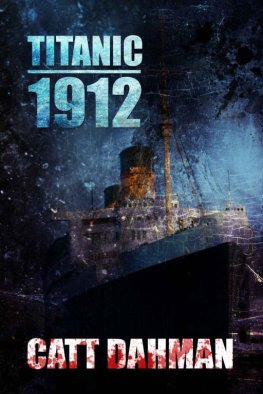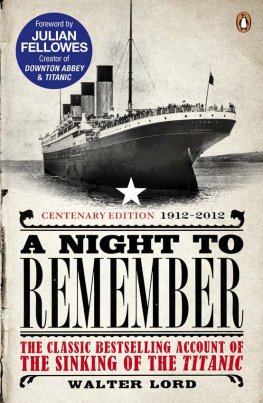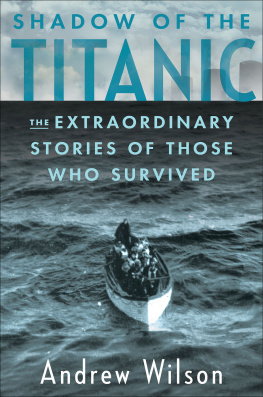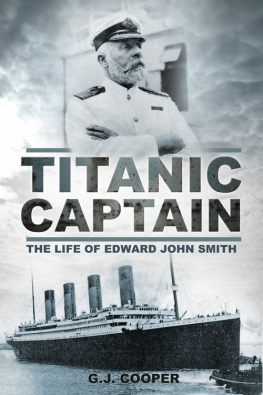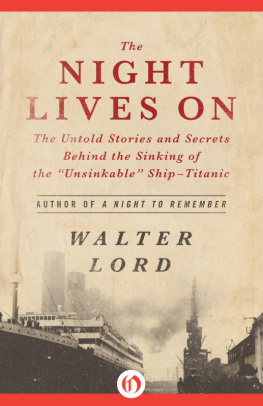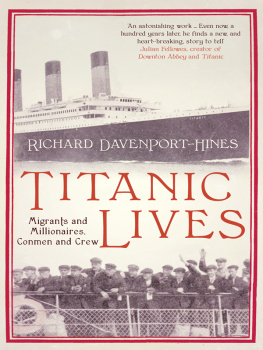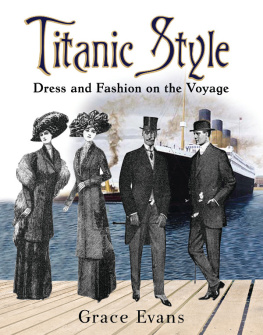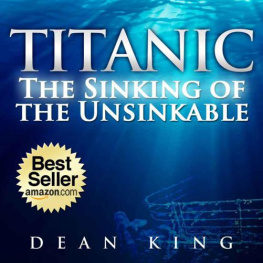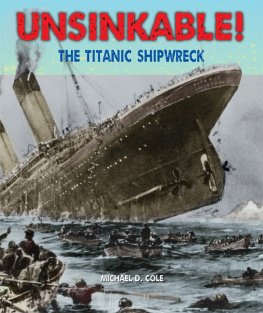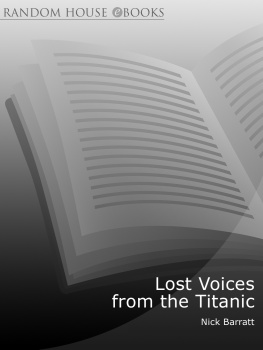Copyright 2019 by Veronica Hinke
All rights reserved. No part of this publication may be reproduced or transmitted in any form or by any means electronic or mechanical, including photocopy, recording, or any information storage and retrieval system now known or to be invented, without permission in writing from the publisher, except by a reviewer who wishes to quote brief passages in connection with a review written for inclusion in a magazine, newspaper, website, or broadcast.
Regnery is a registered trademark of Salem Communications Holding Corporation
Regnery History is a trademark of Salem Communications Holding Corporation
Cataloging-in-Publication data on file with the Library of Congress
ISBN 978-1-62157-729-4
ebook ISBN 978-1-62157-769-0
Published in the United States by
Regnery History, an imprint of
Regnery Publishing
A Division of Salem Media Group
300 New Jersey Ave NW
Washington, DC 20001
www.RegneryHistory.com
Books are available in quantity for promotional or premium use. For information on discounts and terms, please visit our website: www.Regnery.com
To Mom and Dad
C ONTENTS
T he mystique surrounding the RMS Titanic a tragedy in its own time and beyondcontinues into the modern age. Not only a marvel of the Edwardian world for its innovative engineering and craftsmanship, the ship encapsulated an entire eras ethos that was soon to change with the coming of two catastrophic world wars.
In some ways, the sinking of the Titanic could be considered a metaphor for the extinction of the extreme extravagance (and class divides) that typified the time in which it was built. Though passengers were strictly cordoned by deck when boarding, the finality of the sinking served as a supreme leveling undeterred by title, rank, or wealth once lifeboats were out of reach. The wars to come would continue that democratization in all aspects of life.
But what was that prewar world like? Much can be written about the keen insight an eras wine, beer, and spirits offer into the people of a time, and on the Titanic , we have a perfect time capsule of the tastes and trends of 1912. From affordable lagers to elegant cocktails to the most prized (and mainly French) wines from the ships extensive twelve thousand-bottle cellar, whats in the glass took center stage on this most historic journey, and offers a revealing glimpse into the 2,224 people who sailed on the ship, and the culture of the classes to which they belonged.
Were lucky that the ships manifest, which also included 850 bottles of spirits, has survived, as have its menus. We know, among other details, that the ten-course Dionysian feasts savored in first class were often accompanied by bottles of French bubbly and Bordeaux, a reflection of the Francophilia that permeated the upper classes. Onboard cocktails like the Manhattan, the Bronx (created at illustrious passenger John Jacob Astors Waldorf-Astoria Hotel), and the Rob Roy reflected a refined era for cocktails that would later be disrupted by Prohibition. Wrexham lager, a Welsh quaffer in the Munich style enjoyed on all decks, shows that refreshing, food-friendly beers were as popular then as they are now.
Perhaps most important, from the rough-hewn tables of third class, to the spacious decks of second, to the crystal-laden tables of first, the pours of the Titanic were the centerpieces of final conversations, plans, and merriment for some 1,503 souls whose names would be made legend on that April 15 night, adding extra importance to the function they filled on the ship and in history.
Modern technology has afforded better views of the ships debris field, including uncorked bottles of Champagne, as well as fine stemware and decanters, all preserved by the icy depths of the Atlantic.
Its an intriguing cellar, this collection of bottles at 12,500 feet, and an eerie but accurate echo of a timeand voyagethat fascinates us to this day.
Susan Kostrzewa, executive editor, Wine Enthusiast
P REFACE
They Said God Himself Couldnt Sink This Ship
Unsinkable? As she walked the plank up to climb aboard the magnificent Titanic, twenty-six-year-old Sylvia Caldwell, a pretty missionary on one of the last wearisome legs of her journey home after nearly three years in Siam, quizzed a crew member who was loading luggage.
Is it safe? she asked him.
God Himself couldnt sink this ship, he replied.
But it would only be a matter of time before Sylvias adoring husband Albert would describe how he watched the majestic steamer as the sea swallowed her up whole in the darkness of the night.
The last I saw of the Titanic was the stern of the boat outlined against the starry skyand then with a gentle swish, she disappeared from sight, Albert Caldwell said.
I n the wee hours of the morning on April 15, 1912, by some accounts, 1,516 people lost their livestwo-thirds of the 2,222 total passengers and crew on board the Titanic . But while the great ship may have disappeared from the skyline, there was something about her that was indeed unsinkable. The Titani c set the tone for luxury in her time, and many of the simple joys of the modern world that we take for granted today were pioneered by people who played a crucial role on the shipfrom air conditioning to automated street cleaners to the management of events with red velvet ropes. So many of these marvels have endured. The Titanic has not really vanished from the world, or out of our lives. Cocktails still popular today were invented in hotels established by John Jacob Astor IV, perhaps the best-known person to be lost in the sinking: the Bloody Mary, some believe the Martini, and more. Perfume samples that one Edwardian entrepreneur carried with him as he set out to launch a business in America live on today in scents replicated from the fingerprint of oils retrieved near the Titanic s watery grave at the bottom of the Atlantic Ocean.
And many Titanic survivors made their marks on the world. Sylvia Caldwell herself survived the physical sinking of the Titanic and went on to have an influential career at State Farm Insurance. Just having survived so incredible an experience, she powered on, creating a life that continues to inspire.
When the Titanic used the international distress signal SOS for one of the first times ever, it marked the beginning of consistent use of the new wireless distress code, which replaced CQD. The signal was changed to SOS on July 1, 1908, and the Cunard Line ship, Slavonia, was one of the first ships to use it on June 10 of that year. But up until the sinking of the Titanic , wireless operators had generally been resistant to adopting the new signal. When the old call letters werent generating a response, Titanic wireless operators John George Phillips and Harold Bride tried sending the new letters. They tapped them out six times, along with MGY, the call letters for the Titanic .
After the Titanic sank, the U.S. and British governments started the International Ice Patrol. The winter lane was also moved further south. Never again would one set sail without enough lifeboats to ensure seats for all.
The York Daily News called the Titanic a floating mansion. On April 17, 1912, less than forty-eight hours after the Titanic took her last gasp before slipping under the ocean, the paperlike hundreds of papers around the worldran a story detailing the splendor that was the Titanic .


